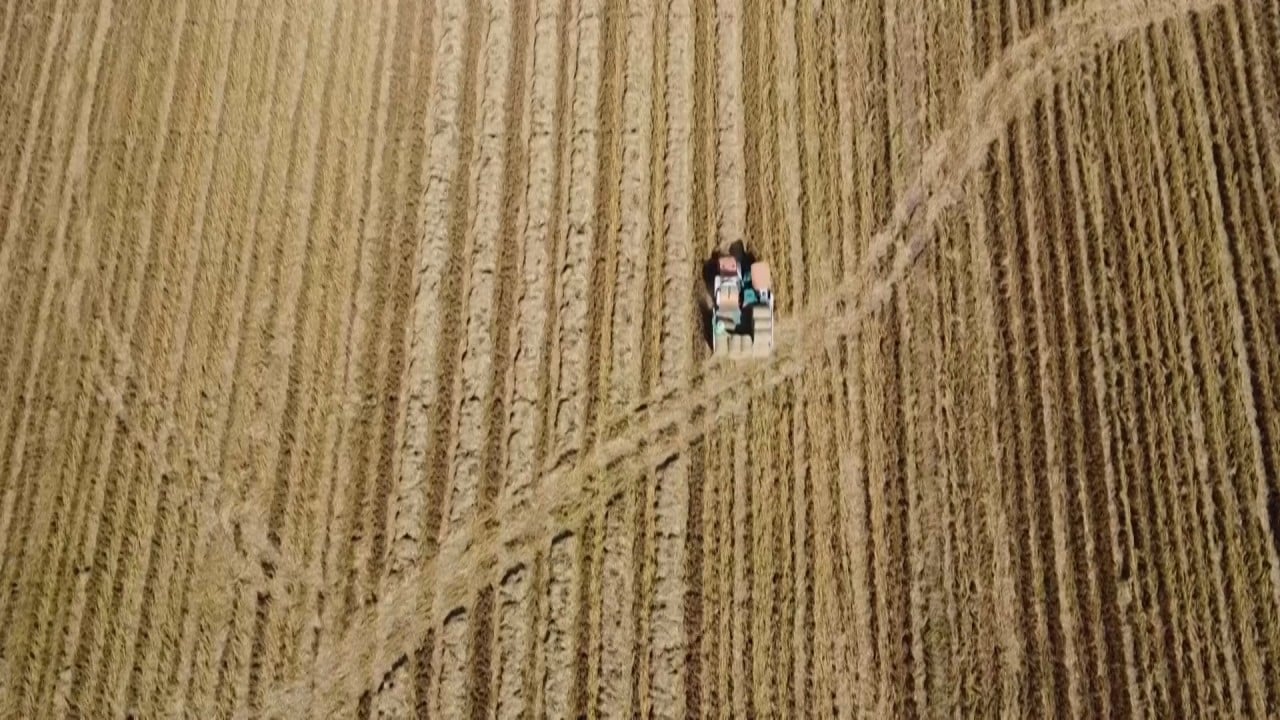With China’s help, Fiji targets self-sufficiency in rice in 20 years
“This aspect is of paramount importance, particularly in ensuring food security and enhancing affordability for the population,” he added.
Rice, rice, maybe? Asia’s middle class seek out low-carb alternatives
Rice, rice, maybe? Asia’s middle class seek out low-carb alternatives
Fiji once had a thriving rice industry, with production hitting a peak of 33,000 tonnes in 1987. That declined to 8,209 tonnes in 2020, this despite the increase in rice consumption in the country since the 1990s, Singh said, adding that about 60,000 tonnes are required for self-sufficiency.
“Rice cultivation received paramount attention from the government during the period spanning from 1970 to 1990. Achieving self-sufficiency in rice production stood as a pivotal goal within developmental plans, with the ambitious target to attain a 90 per cent self-sufficiency rate by the year 1990,” Singh told This Week in Asia.
Although Fiji had achieved 66 per cent self-sufficiency by 1987, rice production dropped as a result of the 1987 coup led by Sitiveni Rabuka, a lieutenant colonel.
The takeover was staged in protest of Indo-Fijian domination of the economy and politics. At the time, most rice farmers and rice consumers were Indo-Fijian.
There had been large government investments in the rice industry in the two decades before the coup, with support extended to farmers through fertiliser subsidies, credit facilities, extension services and access to irrigated water that resulted in the production peak of 1987.
“[The coup] led to a substantial shift in government policy, transitioning from import substitution to export promotion. All previous governmental support for the rice industry was withdrawn, precipitating a gradual decline in rice production from the early 1990s onwards,” Singh said.

However, in the past two decades, there has been a significant transformation in the eating habits of indigenous Fijians, largely due to the proliferation of Asian – particularly Chinese – food outlets which have popularised rice over the traditional yam, taro and cassava-based diet.
It was not until the pandemic that the government began supporting the rice industry again by launching the “We Rice Up” programme in an attempt to increase yields and return the industry to its glory days.
Despite the efforts, the agriculture industry is suffering from a serious manpower crisis, according to Raj Sharma, chairman of rice milling company Fiji Rice Pte Ltd.
“Aged farmers and an extreme shortage of labour on farms require an alternative, which is mechanisation,” he told This Week in Asia.

China rice development assistance to Fiji aims to overcome these challenges by utilising new high-breed seeds and technology-driven rice farming techniques.
Since January 2015, under the development assistance programme, China has helped rejuvenate five local rice varieties and introduced 16 Chinese rice varieties. It has also trained more than 4,000 local agricultural officials and farmers. Additionally, since October 2022, China has dispatched six experts to Fiji to implement a three-year programme to introduce mechanised rice farming.
In an interview with This Week in Asia, Chinese agri-technician and team leader Chen Huazao explained the team’s plan to train Fijians in enhancing rice farm yields.
“We will promote mechanised direct planting technology of rice,” he said. “Targeted training on rice production technology is being provided to local rice farmers, rice technicians and students of agriculture colleges.”
‘We’re on our own’: Asian rice farmers brace for El Nino’s wrath as crops wither
‘We’re on our own’: Asian rice farmers brace for El Nino’s wrath as crops wither
Chen said in July, a team of experts from China came to Fiji and, in collaboration with the Fiji Academy of Agriculture Sciences, conducted field research to understand Fiji’s production situation and “identify problems, analyse them and work to solve them effectively”.
When asked if the introduction of new high-yield rice seeds and machinery might create dependency on China, Chen said the seeds would be of Fijian varieties, eliminating the need to source them from China in subsequent seasons. The first batch of machinery and spare parts would be provided for free, he added.
“Use of high-yield and high-quality rice varieties, through scientific cultivation management measures, can achieve high-yield rice cultivation, so that more Fijian rice farmers can benefit from it,” Chen said.
According to Sharma, the Chinese-led scheme to encourage dry land cultivation is going well, but the inputs (machines and seeds) are high and the “farmers don’t have the funding to get that high level of input”. Sharma welcomed the government decision to subsidise the costs of that input and offer grants for land preparation, fertilisers and weedicides.
Dry land farmer Parvin Kumar from Rakiraki says he would like some training from the Chinese to improve the yield on his farm, which does not have a proper irrigation system. “If the government can help get machinery, everyone could do farming,” he told This Week in Asia.
Chen said the mechanised rice cultivation methods being introduced would help transform the industry into a technology-driven and “scientific” one, and thereby encourage more young Fijians to take up farming.

Sharma welcomed the idea, but said there was a need to identify youth at the farm level. “It could be at the level of the clusters of rural youth groups, as many of them migrate to urban areas looking for employment,” he said.
The government should also collaborate with village communities and promote agricultural involvement among young people, said Singh of the University of the South Pacific.
“Policymakers should specifically target school dropouts, equipping them with the essential training and farming machinery,” he added.



 Offers free spin
Offers free spin